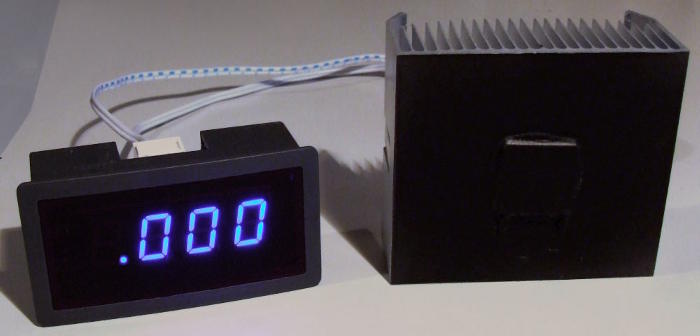I'll try to answer your questions as you asked them..
This is what we know...
1) the LaserBee A has a True Zeroing control to Zero
the meter without needing to wait for the readings to
acclimate to the ambient test area air temperature
after a metering which could take anywhere from
60 seconds to 20 minutes to reach Zero.
2) the LaserBee A uses a split rail supply that allows
the Zero Control to actually Zero the reading after
a series of High Power Laser tests that a single supply
circuit is not able to do.
3) the Electronics of the LaserBee A are housed in
a high quality textured (anti-reflection) plastic enclosure.
4) the LaserBee A Electronics are mounted on a PCB.
(not sure of the other LPM since its electronics and
assembly have never been posted on the Forum)
5) the LaserBee A has a detachable Thermopile head
that makes it easier not to damage when storing.
6) the LaserBee A Thermopile Sensor is more protected
from scratches and damage since it is recessed in the
Thermopile Head.
7) the LaserBee A enclosure has a 9Volt Battery tray
with sliding cover.
8) The LaserBee A draws a mere 32mA from the 9Volt
battery. (not sure of the other LPM)
9) the LaserBee A enclosure measures a very small
4.00" x 2.50" x 1.50"
As to the 2nd part of the question...
How do you know...:thinking: Have
YOU done those accuracy
comparison tests...
The LaserBee A follows our recently calibrated Newport
1825C LPM to within 5% of its range. Since it does not
use a microprocessor the accuracy depends largely on
the OpAmp... Thermopile Sensor and Broadband coating
of that sensor and the Accuracy of the LPM that it was
calibrated to.
Both of these LPMs can read a Laser to 2Watts and a
DIY LPM will be even less expensive on parts to build.
The choice is ultimately left up to the buyer...:beer:
Jerry
You can contact us at any time on our Website: J.BAUER Electronics
 I hear about ones going for $100+ but can only find ones for $240+...
I hear about ones going for $100+ but can only find ones for $240+...




